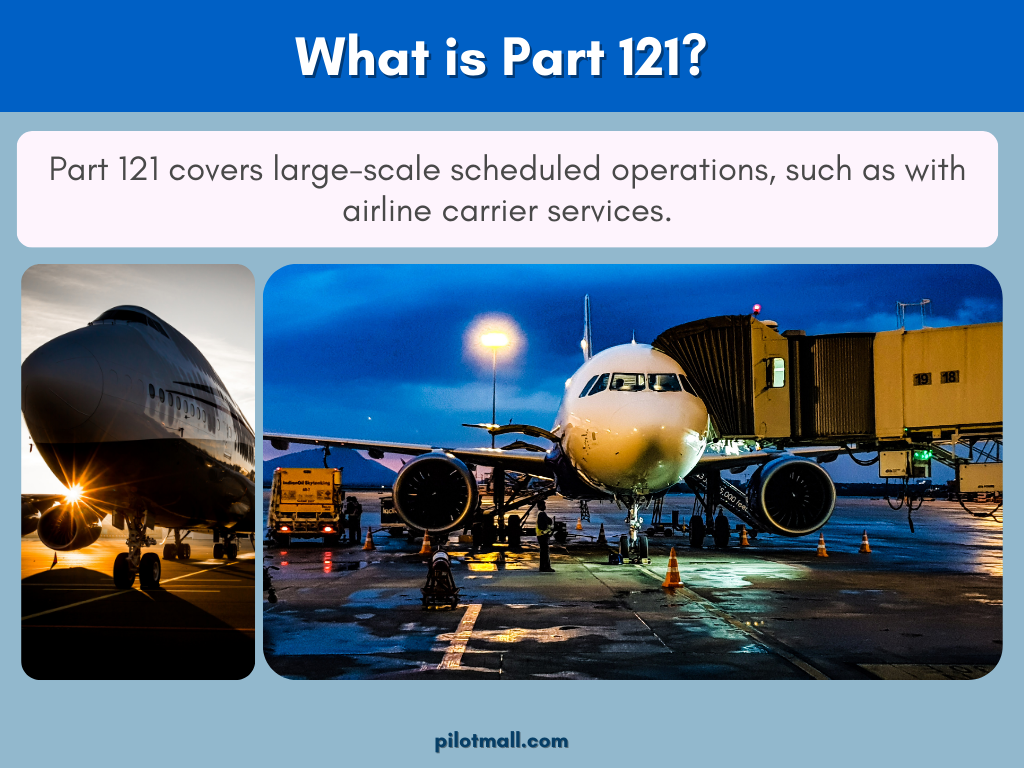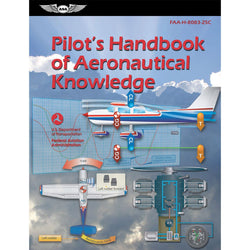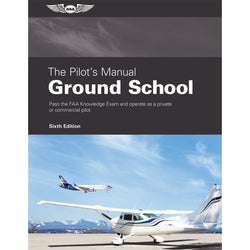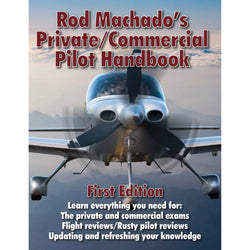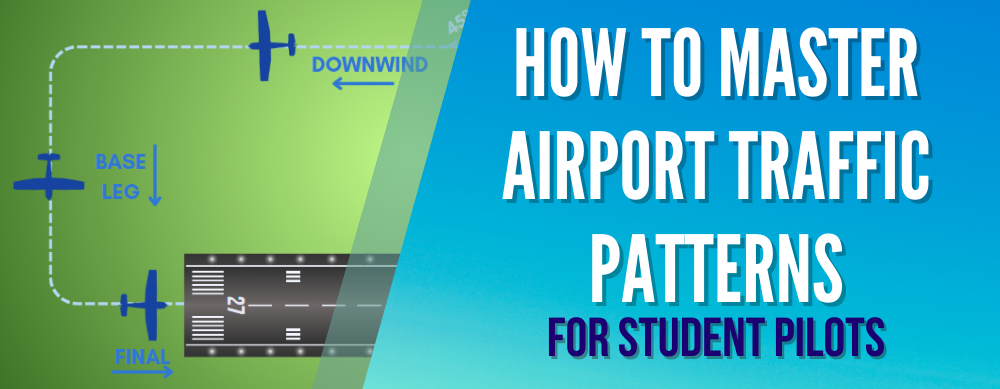You've held the dream of taking to the skies for as long as you can remember, and your ambition is burning brighter than ever. You start researching flight schools and contacting them, and as you begin studying for the written exam, you realize that the FAA expects you to be aware of the regulations listed in Part 91.
While knowing these regulations is essential for all pilots, you also need to familiarize yourself with Part 135 and Part 121 if you intend to pursue a career in air transportation for regional and major airlines. But what exactly do they encompass?
Breaking through the aviation jargon can be intimidating, but don't worry—we'll help guide you through each of these parts.
Get comfortable and let's find out exactly how each of these three parts differ from one another.
Why Are They Called "Parts"?
Pilots may have become familiar with the term "part", but have you ever wondered why it is used?
In aviation, this phrase typically refers to specific sections or subsections of the Federal Aviation Regulations (FARs) in the United States.
The FARs are a set of rules and regulations created by the Federal Aviation Administration (FAA) to oversee different elements of aviation security, operations, flight rules, and maintenance. Each part of the FARs concentrates on a unique section of flight, and they are numbered consecutively.
They are called "parts" because they represent separate portions or pieces of the general regulations that apply to various areas of flying and aircraft operations.
These parts(Part 91, Part 135, and Part 121) are organized in an orderly and systematic way so those involved in aviation, such as pilots, mechanics, and operators, can conveniently find and comply with federal regulations pertaining to their field of expertise or responsibility.
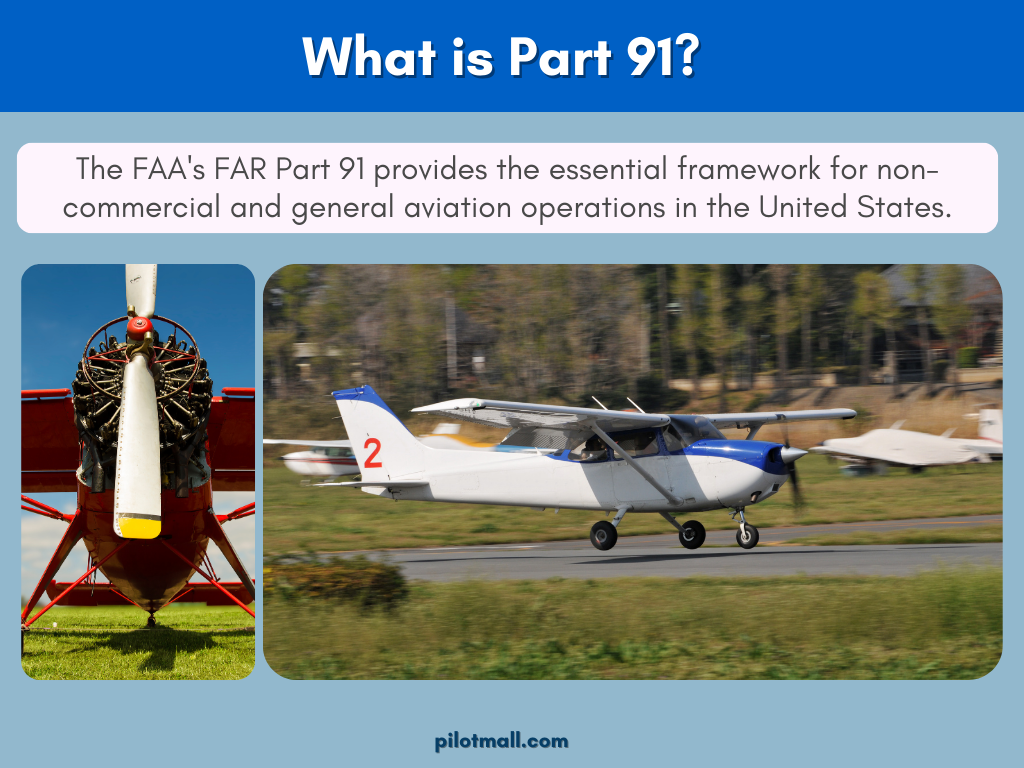
What is Part 91?
The FAA's FAR Part 91 provides the essential framework for non-commercial and general aviation operations in the United States.
Part 91 outlines the qualifications and requirements for pilots, aircraft maintenance standards, equipment specifications, and flight rules that ensure safe and compliant operations.
Most small private aircraft that can be flown with a private pilot license fall under Part 91. By following these regulations, you can ensure safety and compliance while flying.
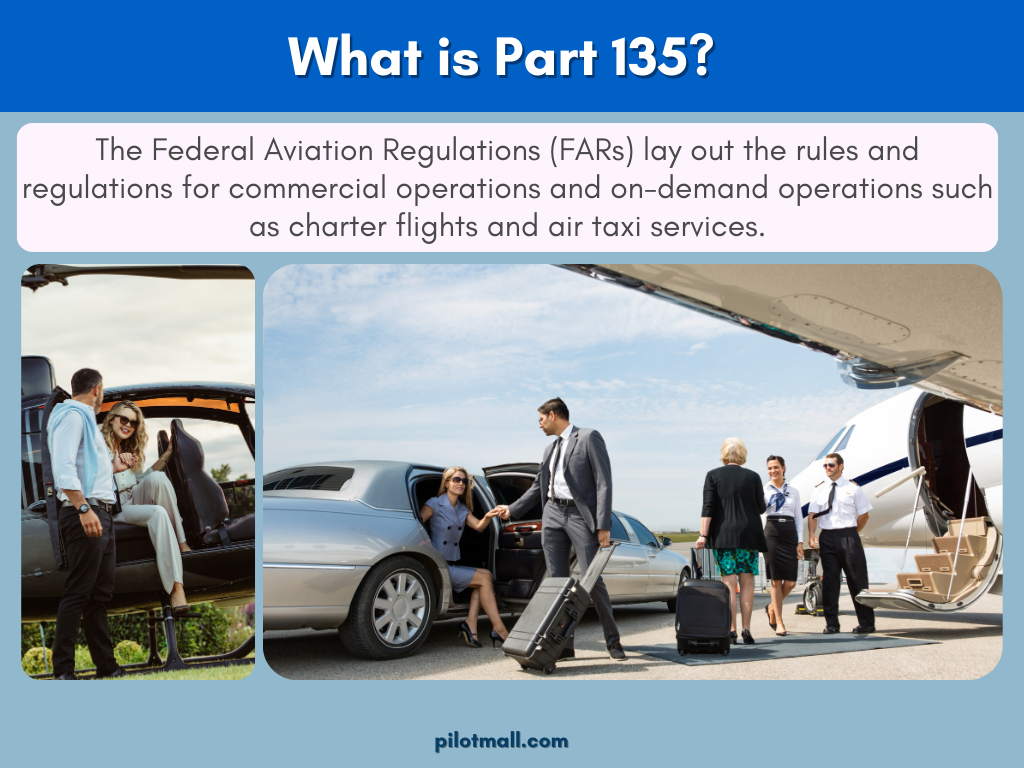
What is Part 135?
The Federal Aviation Regulations (FARs) for Part 135 lay out the rules and regulations for commercial operations and on-demand operations such as charter flights and air taxi services.
Part 135 operations ensures the highest level of safety by requiring aircraft maintenance to be done regularly. Part 135 also requires proper pilot qualifications(here), and flight crew to receive adequate rest between duties, and strict safety procedures to be followed at all times.
Part 135 covers aircraft with:
-
30 or fewer passengers
-
A maximum payload capacity of 7,500 lbs
-
A variety of helicopter operations.
Common business aircraft fall under the category of Part 135 including a private jet, a turbo-propeller aircraft, and commercial helicopters.
These rules of flight operations can also be found in on the FAA website.
What is Part 121?
Part 121 of the Federal Aviation Regulations (FARs) is an example of the US government's commitment to the safety and well-being of all passengers who embark on commercial air travel.
Scheduled air carriers fall under this category, such as regional and major airlines.
It contains strict standards for aircraft certification, pilot training, maintenance operations, flight operations, and other safety protocols—all of which are instrumental in maintaining a high level of safety and reliability on board these flights.
Operations Specifications (Ops Specs)
Ops Specs, or Operations Specifications, are a collection of documents issued by aviation regulatory bodies like the Federal Aviation Administration (FAA) in the United States.
These documents explicitly dictate operational requirements and authorizations for aviation organizations, including air carriers and operators.
Ops Specs contain detailed instructions and limitations for various elements of aviation operations such as aircraft types and configurations, airport access, maintenance procedures, and safety protocols.
Frequently Asked Questions
What do Part 91, Part 135, and Part 121 mean in aviation regulations?
-
Part 91 explains the general operating and flight rules for civilian aircraft.
-
Part 135 regulates commercial on-demand operations such as charter flights (private jet) and air taxi services (with paying passengers).
-
Part 121 covers a scheduled operation, such as with airline carrier services.
What is the primary distinction between these different parts of the regulations?
-
Part 91 applies to general aviation and non-commercial operations(civil aircraft).
-
Part 135 applies to commercial on-demand operations(such as private jets).
-
Part 121 applies to large-scale scheduled commercial air carriers.
Do these rules apply to all forms of aviation operations?
-
No, each part has its own specific requirements that are based on the kind of operation in question.
How do Part 91, Part 135, and Part 121 differ in terms of pilot qualifications and training requirements?
-
Part 91 has more relaxed pilot requirements(PPL) compared to Part 135(commercial certificate) and Part 121(ATP certificate), which have stricter training and experience requirements for their pilots.
What are the key differences in maintenance standards between these regulatory parts?
-
Part 91 has fewer maintenance requirements compared to the more stringent standards for maintenance in Part 135 and Part 121.
Are there specific safety measures unique to each of these regulations?
-
Yes, each part has specific safety protocols and measures tailored to the type of operations they govern.
Are there specific requirements for record-keeping and documentation that vary between these regulations?
-
Yes, each part has distinct record-keeping and documentation requirements.
How does passenger and crew safety vary between Part 91, Part 135, and Part 121 operations?
-
Part 135 and Part 121 have stricter safety standards for passengers and crew compared to Part 91.
Are there cost differences associated with compliance and certification under these regulations?
-
Compliance with Part 135 and Part 121 often involves higher costs due to stricter requirements.
Can an operator transition from one part to another, and if so, what are the procedures and considerations?
-
Operators can transition between parts, but it involves meeting the specific requirements of the new part.
How does international aviation law intersect with these regulations for airlines operating globally?
-
International operations may require compliance with additional regulations from foreign aviation authorities.
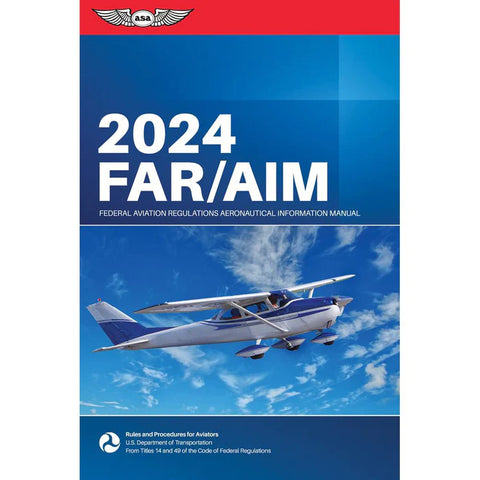
|
ASA 2024 FAR/AIM (Print Book)The 2024 ASA FAR/AIM Book keeps you up to date with the latest rules and procedures in aviation. You'll find the complete and current text of the Federal Aviation Regulations (FARs), covering a wide range of topics including pilot certification, aircraft operations, airspace regulations, and more. |
Want to Know What Certifications You Need for Part 91, 135 and 121?
Check out these links to learn more about getting your private, commercial, and/or airline certifications.
Did you find this article helpful?
Do you think we missed anything important? Let us know in the comments below!


